Shad & Co
ZAN ZENDAGI AZADI II | Frontpocket Unisex Hoodie
ZAN ZENDAGI AZADI II | Frontpocket Unisex Hoodie
Couldn't load pickup availability
This original piece is inspired the original flag of Iran. Prior to the Islamic revolution, the lion and sun were symbols featured on the Iranian flag. As the king of animals, the Lion (Persian shir) represents power. The Sun (Persian Khurshid) is associated with the ancient Iranian god of light, Mithra.
Our version depicts a brave woman of Iran, sitting atop a lion, surrounded by a sunburst and an infinite loop featuring the chant "Zan Zendagi Azadi Woman Life Freedom."
• 100% cotton face
• 65% ring-spun cotton, 35% polyester
• Front pouch pocket
• Self-fabric patch on the back
• Matching flat drawstrings
• 3-panel hood
This product is made especially for you as soon as you place an order, which is why it takes us a bit longer to deliver it to you. Making products on demand instead of in bulk helps reduce overproduction, so thank you for making thoughtful purchasing decisions!
Size guide
| CHEST WIDTH (inches) | LENGTH (inches) | |
| 3XL | 28 | 32 |
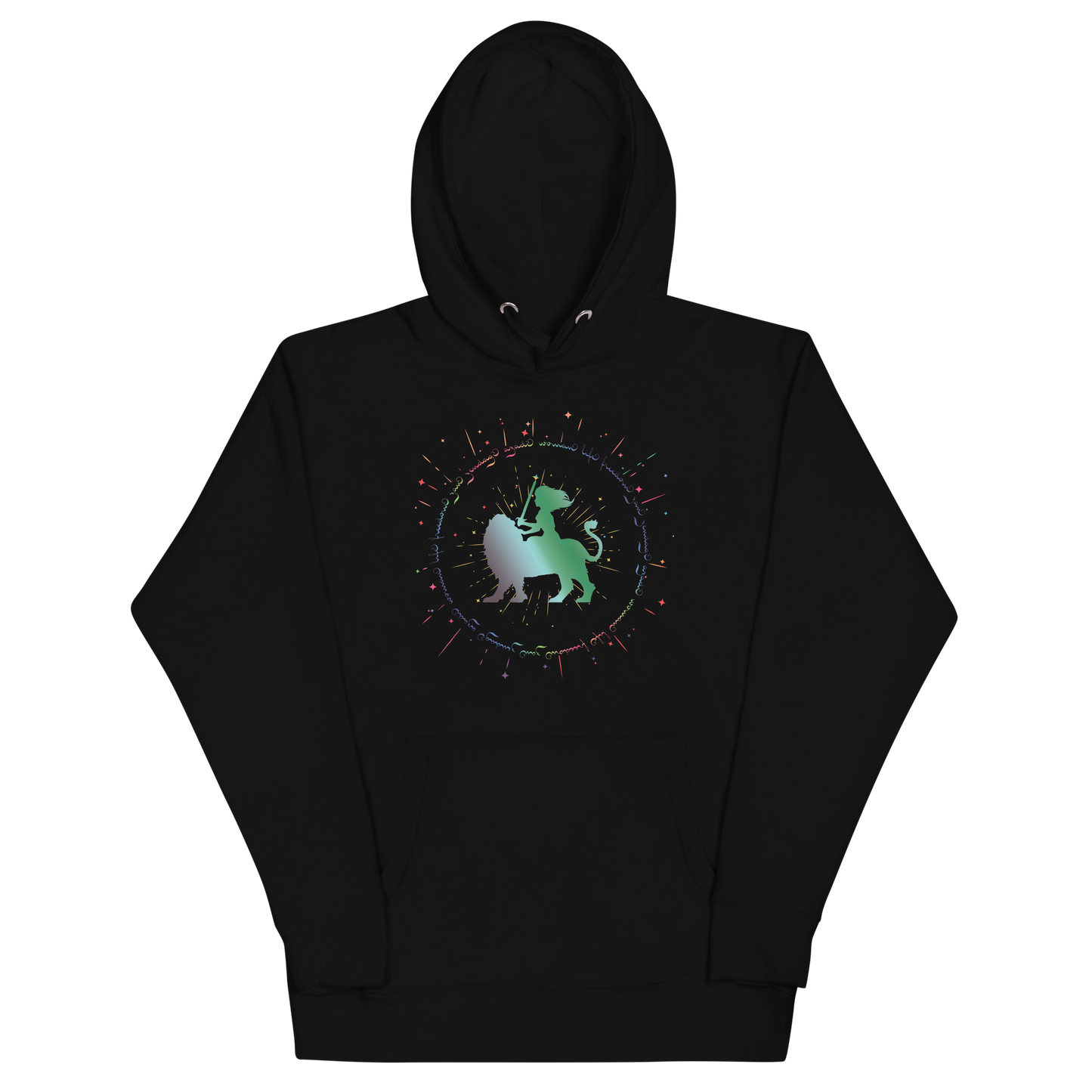
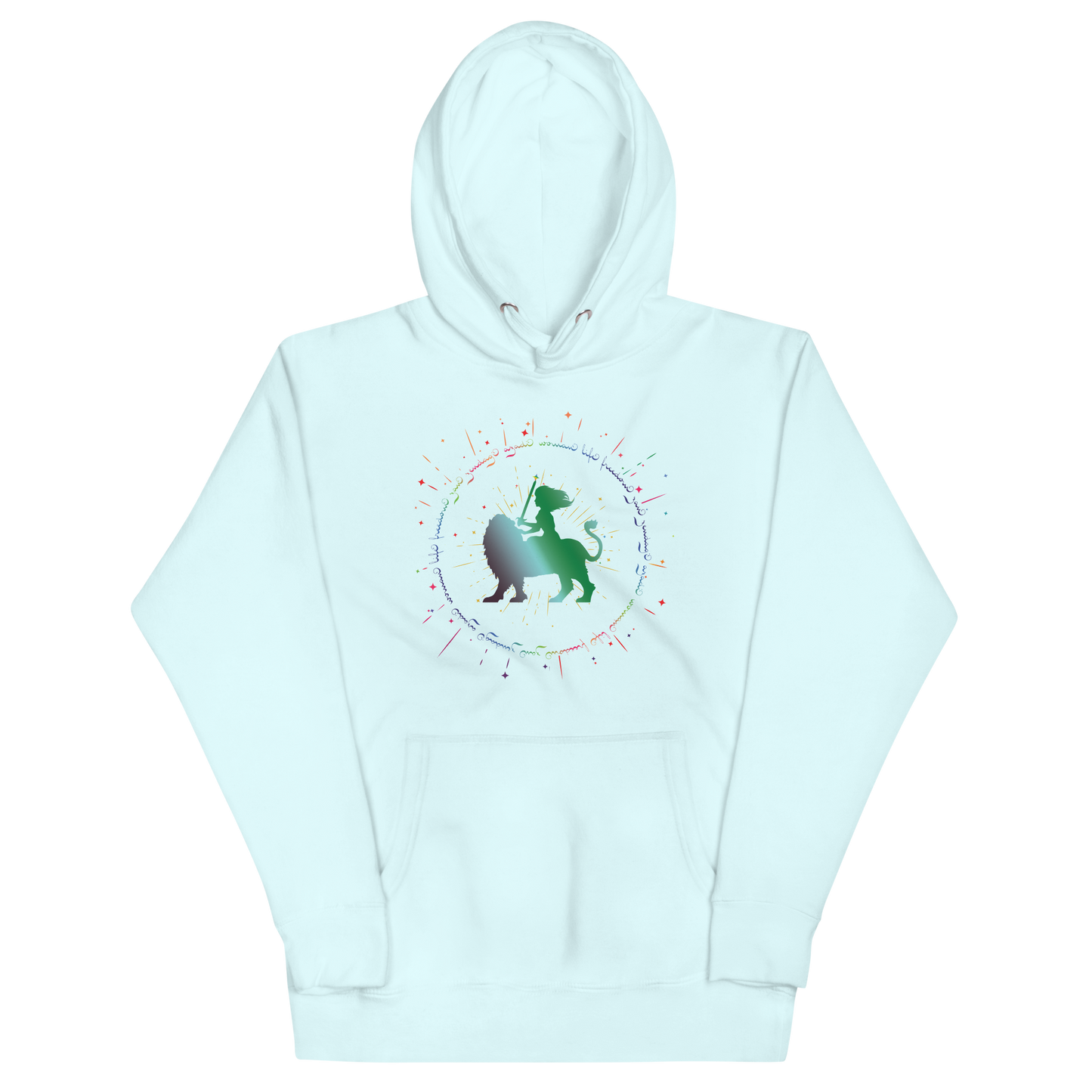
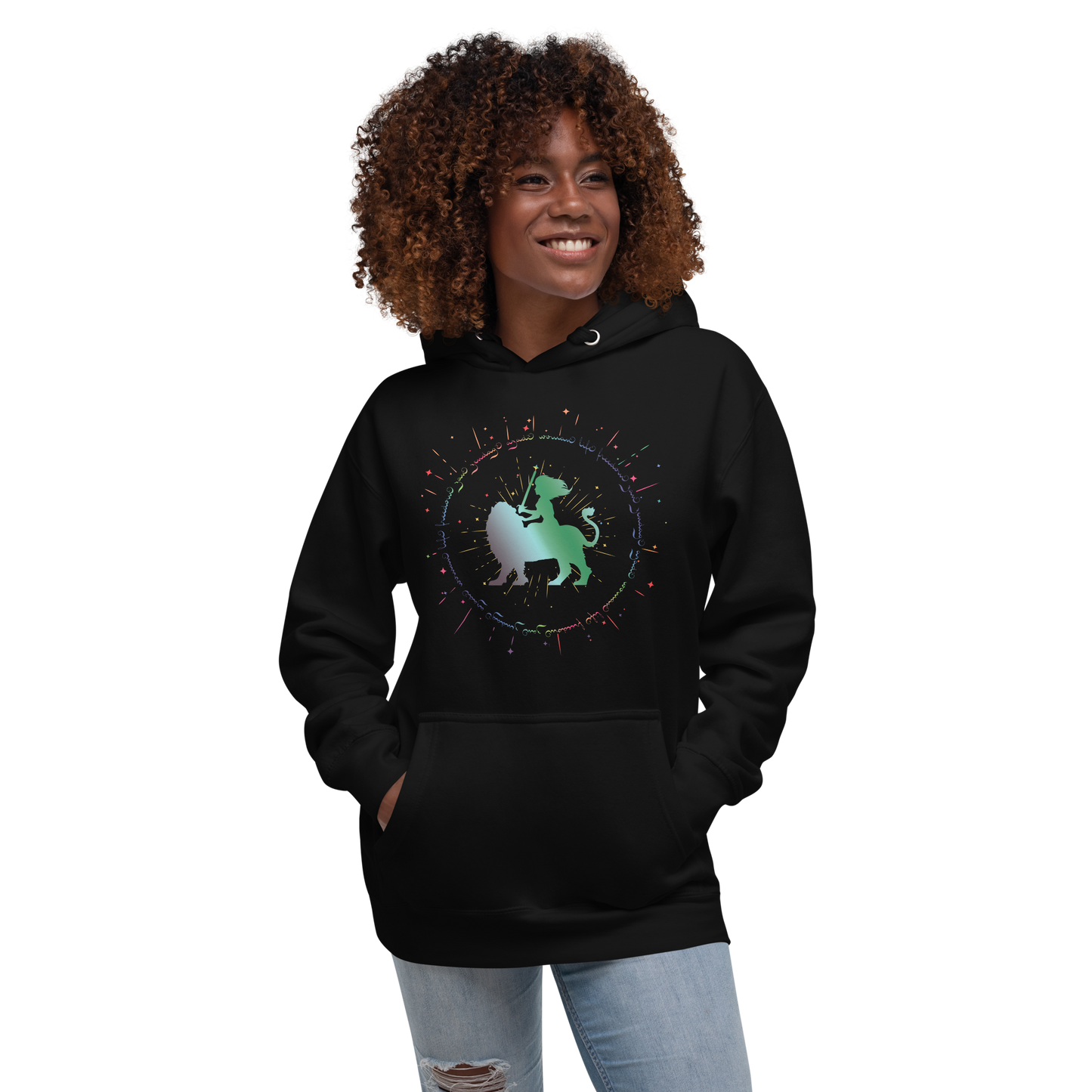

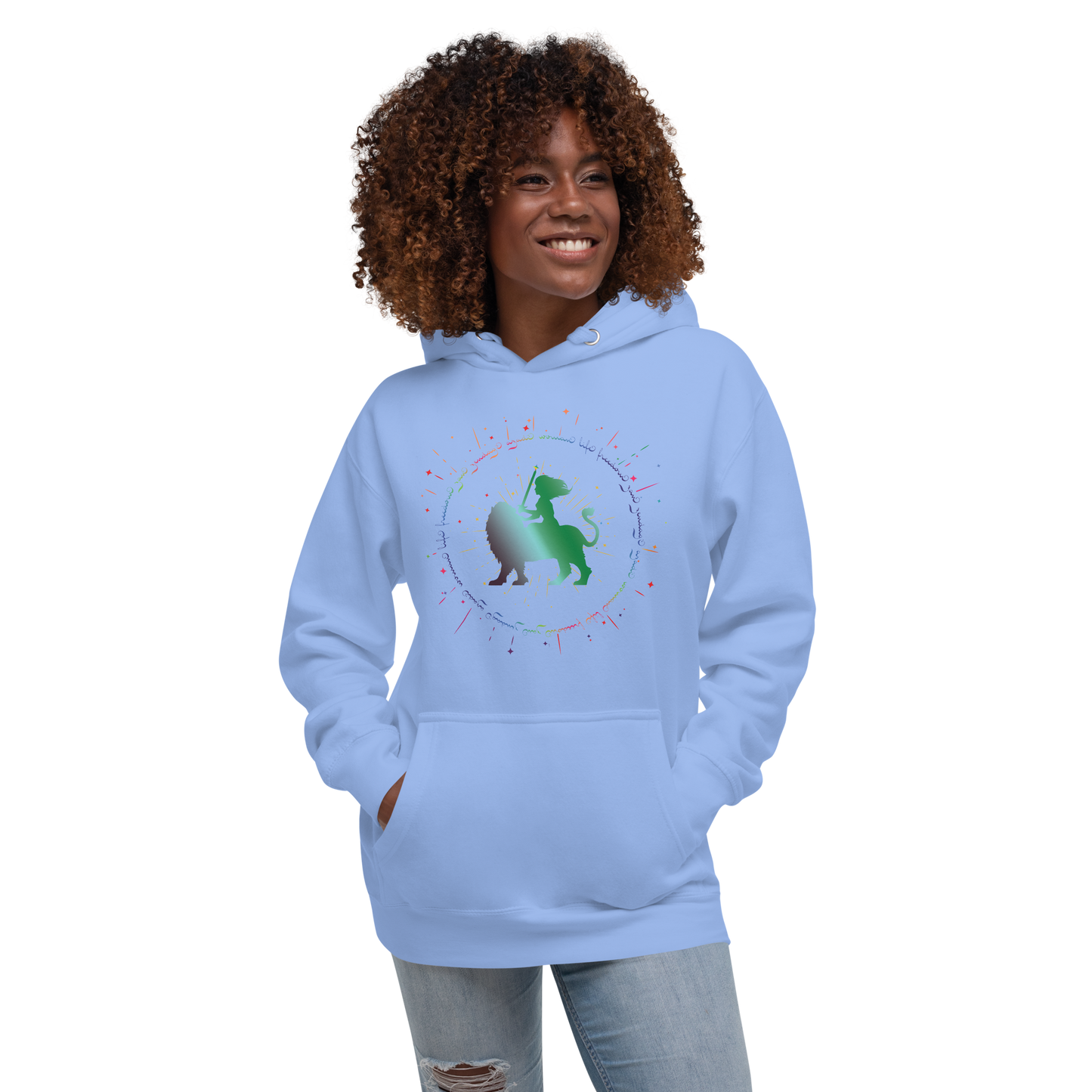
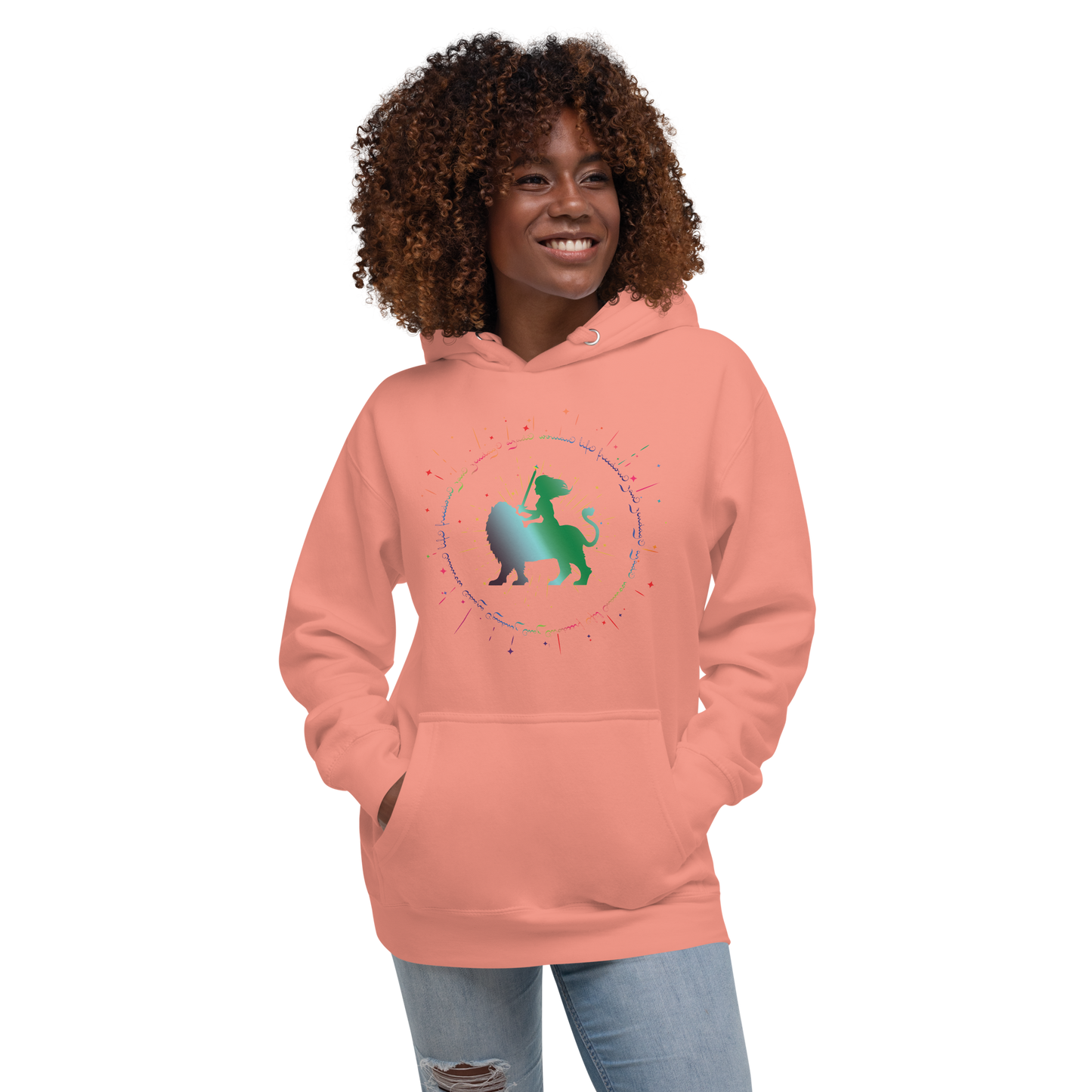
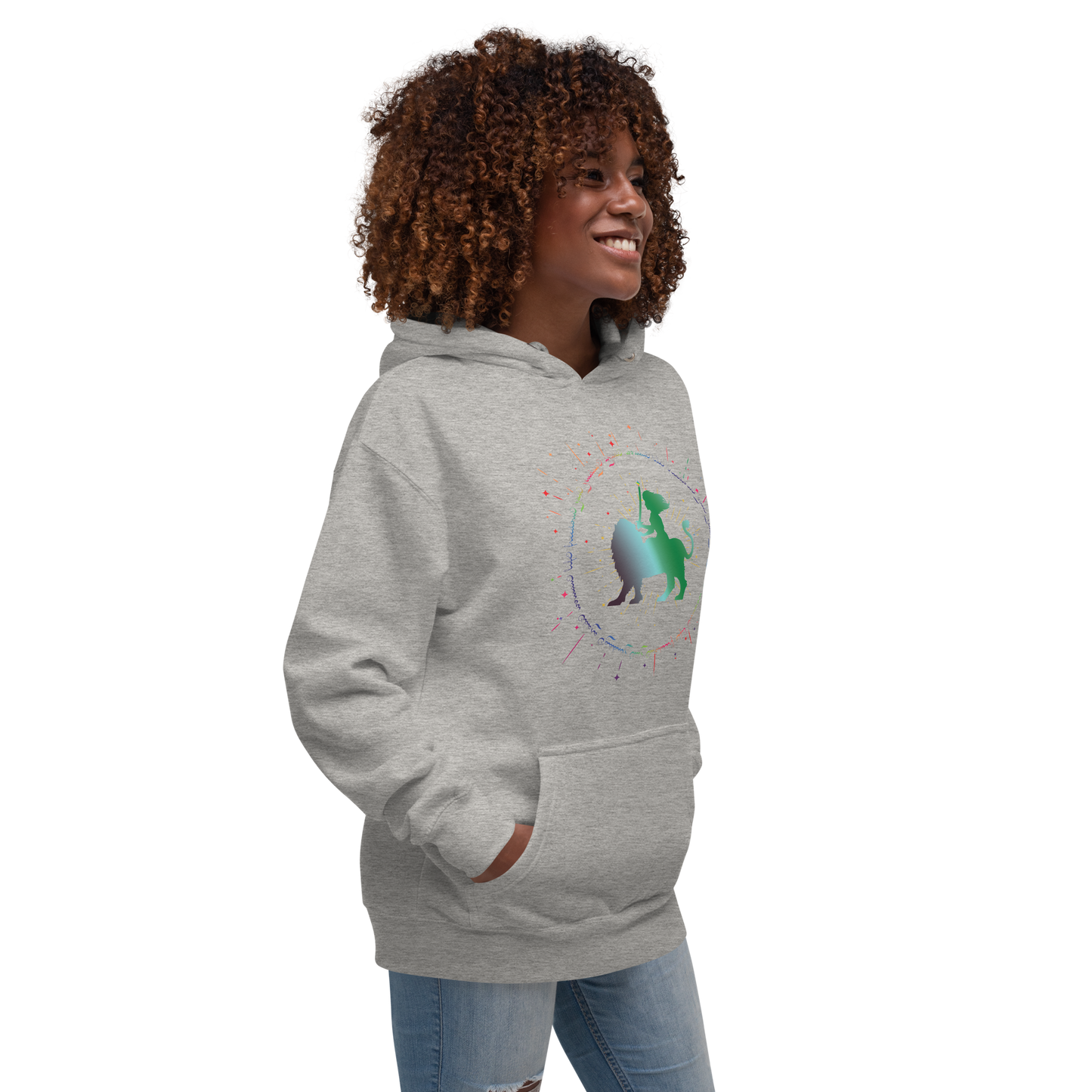

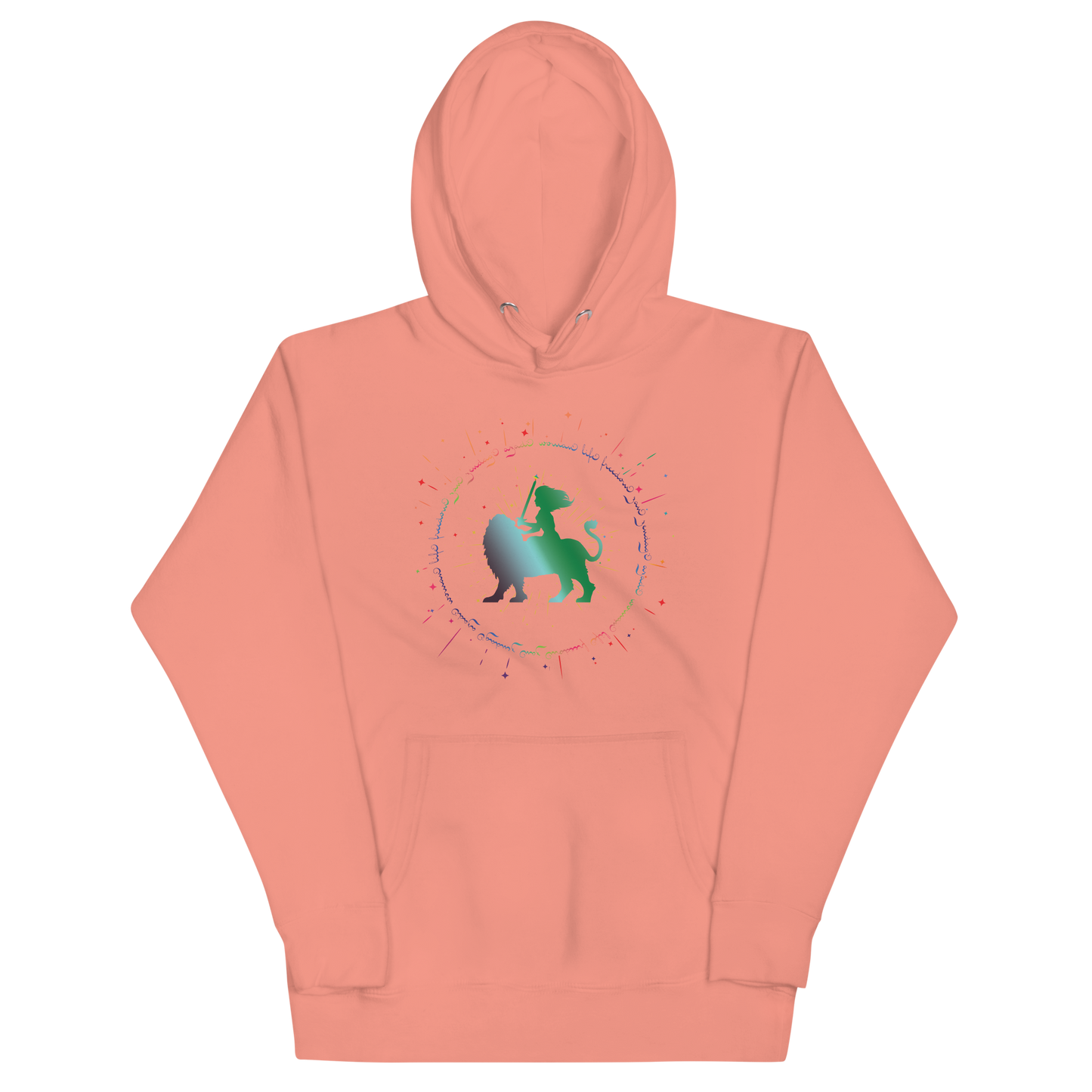
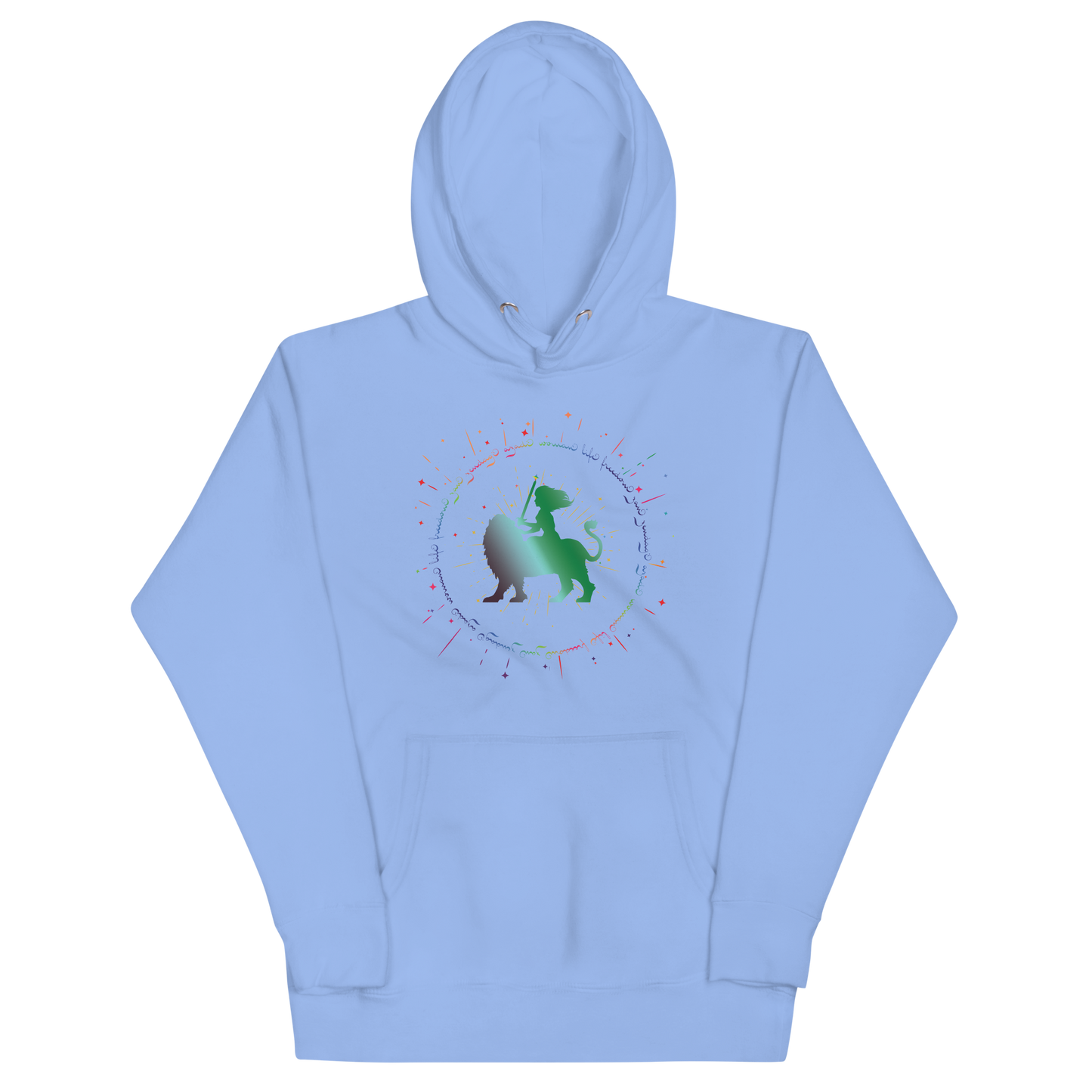
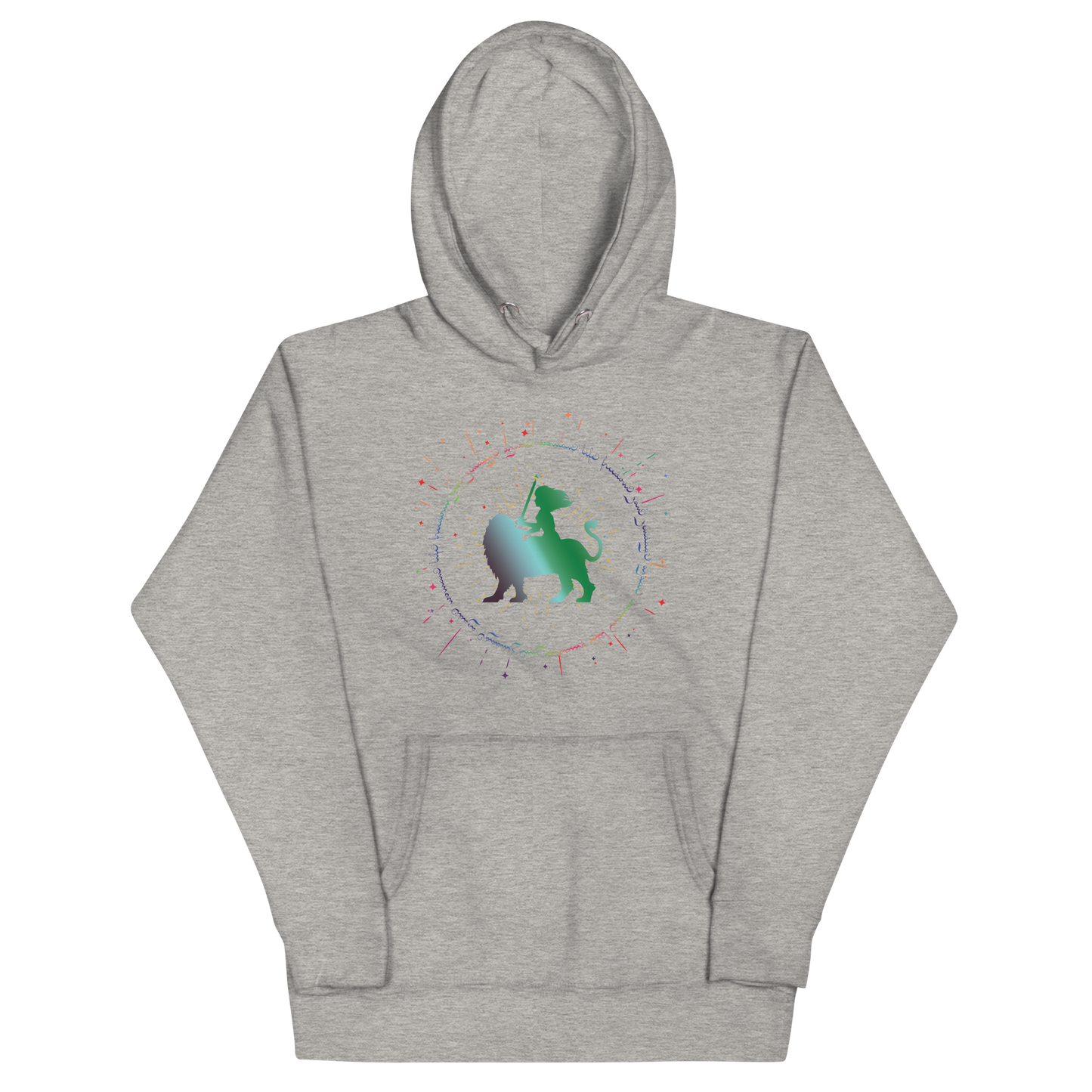
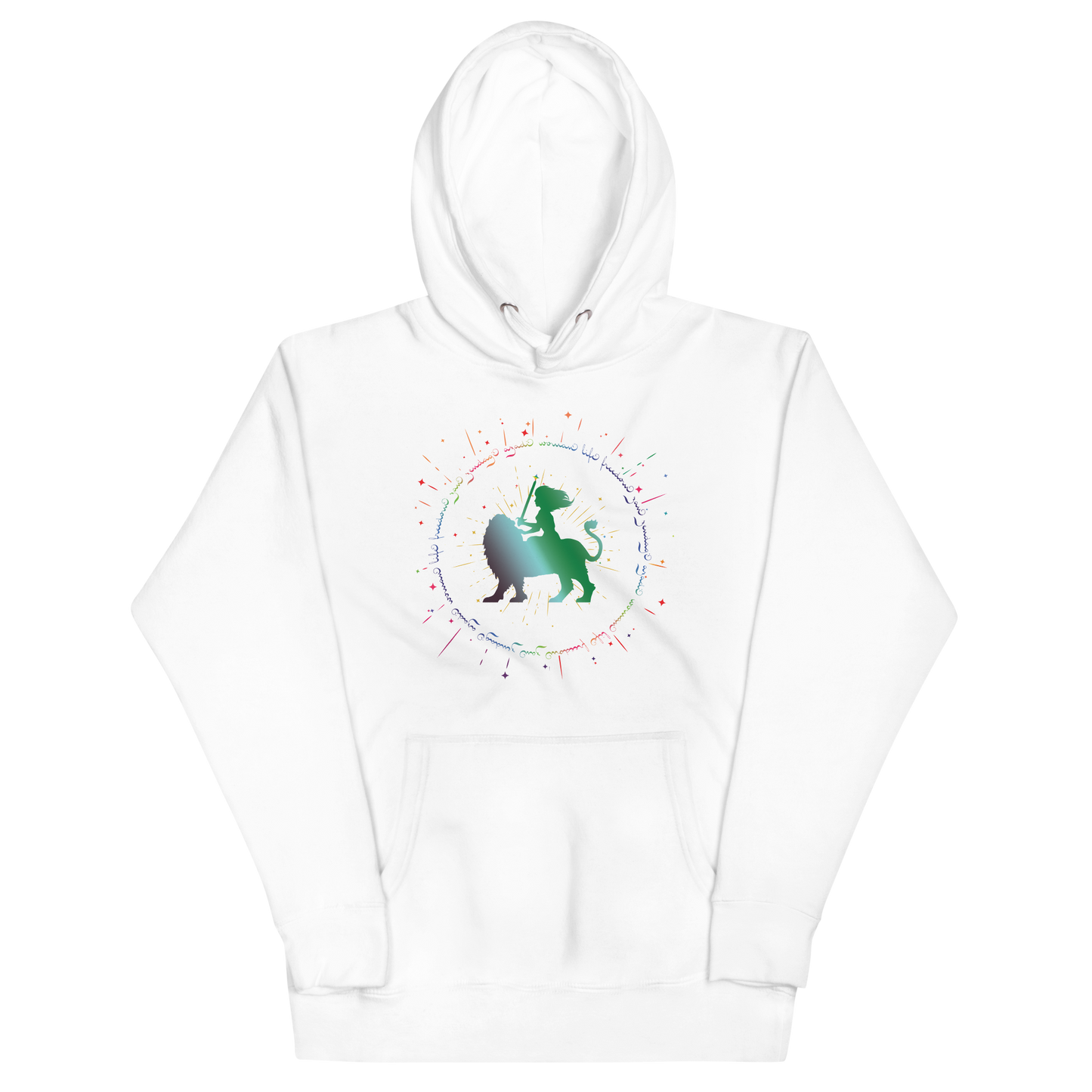
FAQs about the movement for rights in Iran
What Is the Cause I'm Supporting with My Purchase
What are the protests for Iran about?
People have been protesting across Iran since mid-September 2022, defying a deadly crackdown by security forces.
The demonstrations are seen as the most serious challenge to the Iranian authorities in decades.
It all started with the death of Mahsa Amini, a 22-year-old woman arrested by morality police in Tehran on 13 September for allegedly violating Iran's strict rules requiring women to cover their hair with a hijab, or headscarf.
There were reports that officers beat her head with a baton. The police said she suffered a heart attack. To support their claim, authorities released footage of Ms Amini collapsing in a police station, but the clip - along with images of her in a coma - enraged ordinary Iranians.
The first protests took place after Ms Amini's funeral in the western city of Saqqez, when women ripped off their headscarves in solidarity.
Since then the protests have swelled, with demands from more freedoms to an overthrow of the state.
What role are women playing?
Videos have shown them defiantly setting their headscarves on fire and cutting their hair in public to chants of "Woman, life, freedom" and "Death to the dictator" - a reference to the Supreme Leader, Ayatollah Ali Khamenei.
While some women have publicly protested against the hijab before, cases have been isolated and dealt with severely. There has been nothing compared to the current scale.
In an unprecedented show of support, schoolgirls have also been demonstrating in playgrounds and on the streets.
Men and teenage boys have also participated in large numbers and backed the women's demands.
How have authorities reacted?
They have played down the protests and tried to suppress them with force.
Ayatollah Khamenei has accused the United States and Israel, Iran's arch-enemies, of orchestrating "riots" - dismissed by critics as fabricated.
How many people have been killed?
The BBC and other independent media are barred from reporting from inside Iran, making it difficult to verify what is claimed by state media. Social media, activists and human rights groups help provide a picture, although authorities have disrupted internet and phone services.
Iran Human Rights, a Norway-based group, has said at least 234 people, including 29 children, have been killed by security forces.
Security forces have denied killing peaceful demonstrators, but they have been filmed firing live ammunition on the streets.
How do they compare to previous protests?
In 2009, millions of people took to the streets after a disputed presidential election. However, the unrest was limited to major cities and was led by the middle class.
Economic hardship triggered nationwide protests in 2017 and 2019, but they took place mostly in working-class areas.
Now though, for the first time, protests involve people from all sections of society and age groups, and have spread across dozens of cities and towns.












